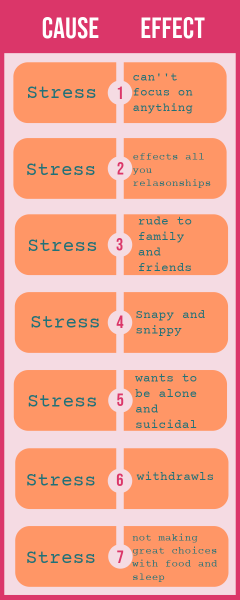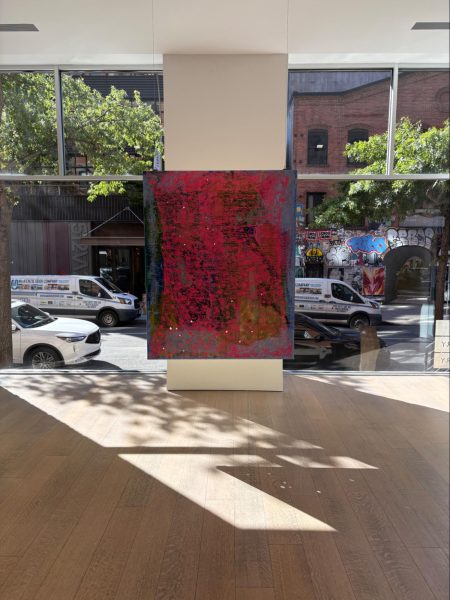Contradictions between DEI goals and the dress code
Shirts that cover shoulders, chests, backs, and midriff. No blue denim, leggings, sweatpants, or athletic gear. Hackley’s dress code. Oppressing the student body.
Hackley’s strive for inclusivity and overall equality mission is contradicted by their dress code. Hackley states on their website that, “Hackley School is intentionally committed to fostering a diverse, equitable, and inclusive community” but yet their dress code limits what one can wear making it harder to buy clothes that fit the dress code, and oftentimes those clothing pieces are pricey. How is this inclusive when not all people can afford to buy more clothes than what is already in their closet?
This dress code could be putting a financial strain on families and applying more stress to them when they already have so many other things to worry about, such as paying their bills. Hackley’s morals do not align with policies implemented by the school and they need to be changed.
How can Hackley advertise such qualities as inclusion when they do not think about how different everyone’s situation might be when implementing things like the dress code. Even if some people’s families may not be in a difficult financial position, they still may not want to buy their children more clothing than they have in their closets, especially considering that students would not normally choose those pieces of clothing to buy, but they are only buying them to wear to school.
What happened to freedom of expression? Hackley has made many efforts to let their students know that they have a voice and they should feel encouraged to express themselves, but for many people, their form of expression is via clothing. With the dress code being enacted, those students who use clothing as a form of expression are now forced to be silent due to a dress code that contains restricting qualities.
Fashion trends are changing with time, and clothing that fits the dress code is harder to find. Oftentimes when people visit stores they see things such as ripped jeans, sweatpants, and cropped shirts. Unfortunately for the students at Hackley, those pieces of clothing are not allowed to be worn causing them to have to go to many different stores in order to accumulate enough clothes for the school year.
In Hackley’s dress code they state that “Students should strive to be neat and clean each day” by following the dress code. Are they inferring that things like blue denim and tank tops are unclean and not neat? Many would argue that blue jeans are just as clean and neat as black or colored denim and wearing a tank top is not any less clean than wearing a t-shirt.
In order to fix this issue moving forward, Hackley should work with the students and listen to their opinions to help shape a dress code that works for everyone. Some possible solutions may be dress down Fridays where students can dress down every Friday, or completely removing certain rules from the dress code.














